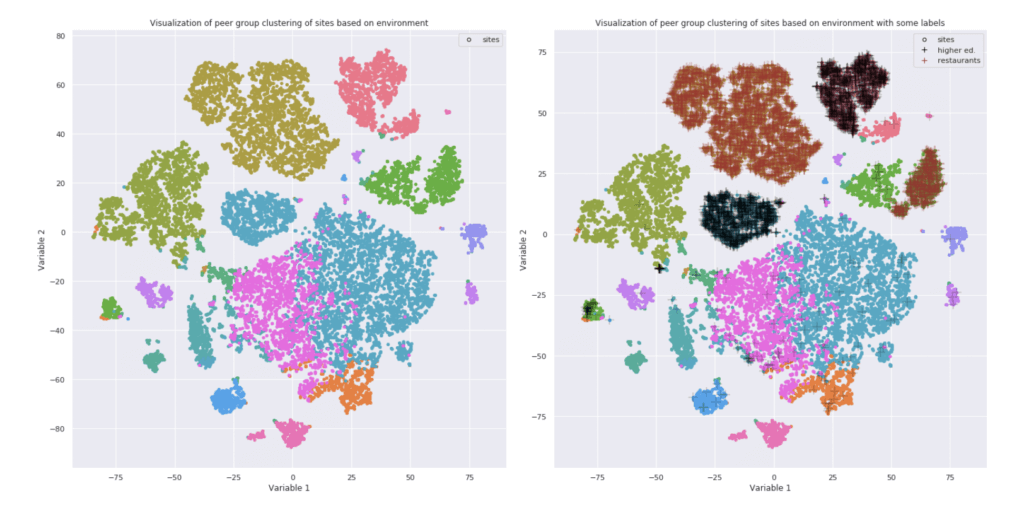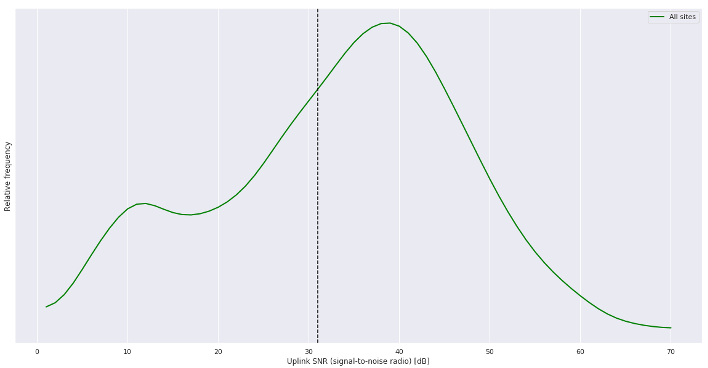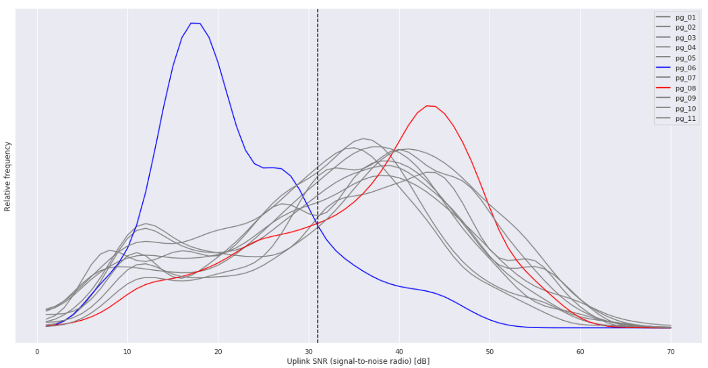
In our Cutting Through the Mist series, we've talked previously about the types of environmental features that can be used to quantify the behavior and performance of different sites (see Toward AI-Optimized Self-Optimizing Networks and How AIOps Leverages Network Environment Factors to Deliver Reliable Automation). Now, we’ll dive deep into the way we can use those environmental features to cluster sites into peer groups.
There are more mobile devices active now than ever before and data traffic continues to grow without bound. These days, it is no longer good enough to have a reliable network; the network must also be optimized for the its specific use case. We’ll talk about optimization in more detail in our next post, and instead focus now on an important prerequisite towards helping our AI improve our customers’ networking performance, peer group definitions.
Peer groups at the most basic level are groups of networks, sites, or even access points (APs) against which a given network is compared and benchmarked. It’s certainly possible to compare all networks against each other, but this is not a good idea. The operating environment of a small local coffee shop is expected to be very different from that of a large university, or a hospital. It makes sense to compare these environments separately, and, eventually, allow the AIOps machinery to learn from them to make recommendations to improve performance based on peer settings and performance. Here is a 2D projection of one pass of AIOps environmental peer-group clustering for a subset of our sites:

The left image shows automatic grouping of clusters, which means that our sites do have distinct environments. In the right image, we’ve introduced market and customer verticality by adding black and brown crosses to denote some labelled colleges and restaurants, respectively. The crosses know nothing about the peer-group clustering, so the fact that our crosses group together into a few clusters bears out our guess from above that different types of sites would have different environments.
Being able to group similar environments together is great, but what’s the broader impact? Let’s revisit the example of uplink SNR (signal-to-noise ratio) from the last post:

This is the average uplink SNR of client stations connected to APs at many different sites for a specific customer. As previously discussed, there are multiple modes, with some client stations connected with low uplink SNR and others connected with high uplink SNR. If one of this customer’s sites has an average client station uplink SNR of 31 dB (the black dashed line), is that good or bad? It’s actually right in the middle of the entire distribution, and that’s about all we can say from the total distribution. However, we can do better by using the peer groups created by our AIOps workflow.

Here we see that our customer’s sites actually fall into many different environmental peer groups. (Note: this is just one slice from a high-dimensional space, so we expect many of the distributions to look similar.) Two of the distributions stand out from the others, peer groups 6 and 8, shown in blue and red, respectively. Broadly speaking, peer group 6 tends to be older APs placed in outdoor locations while peer group 8 consists of mixed models and medium-sized deployments. Our same test site from above with an average client station uplink SNR of 31 dB would be in the 73rdpercentile for peer group 6, but only the 21st percentile for peer group 8. By itself, this information allows our customers to hone in on their problematic sites. Moreover, as we’ll see in the next blog, we can also use the relative performance of a site against its peers to recommend changes and improvements to optimize and improve the site’s functioning.
The addition of peer groups to our AIOps solutions allows us to much more accurately compare sites to one another, and is a key building block in our ability to recommend improvements to a site or network based on the performance and settings of peers. Via Aruba Central, we continuously collect terabytes of data and profile thousands of sites so that these recommendations are highly tuned for the most positive results.
Related Content
Learn more about Aruba's AI solutions
Cutting Through the AI Mist: Toward AI-Operated Self-Optimizing Networks




